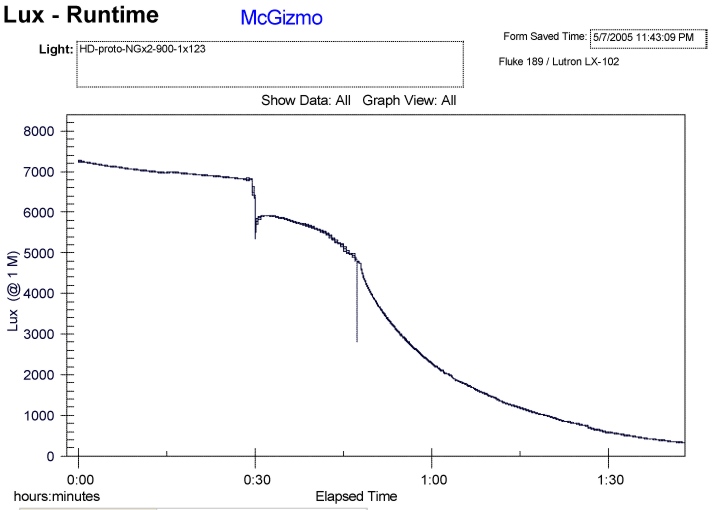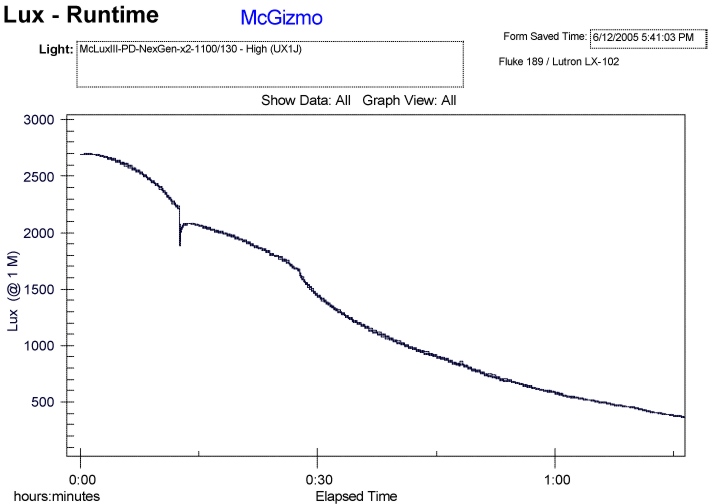bwaites
Flashlight Enthusiast
2 theoretical situations.
Luxeon III or K2 running at 4V and 700ma, what is the regulated runtime on a single 123?
Same situation running at 4.2 volts and 1000ma, what is the regulated runtime on a single 123?
How do you calculate it, do you have to know the driver, or is there a general rule of thumb?
Bill
Luxeon III or K2 running at 4V and 700ma, what is the regulated runtime on a single 123?
Same situation running at 4.2 volts and 1000ma, what is the regulated runtime on a single 123?
How do you calculate it, do you have to know the driver, or is there a general rule of thumb?
Bill



